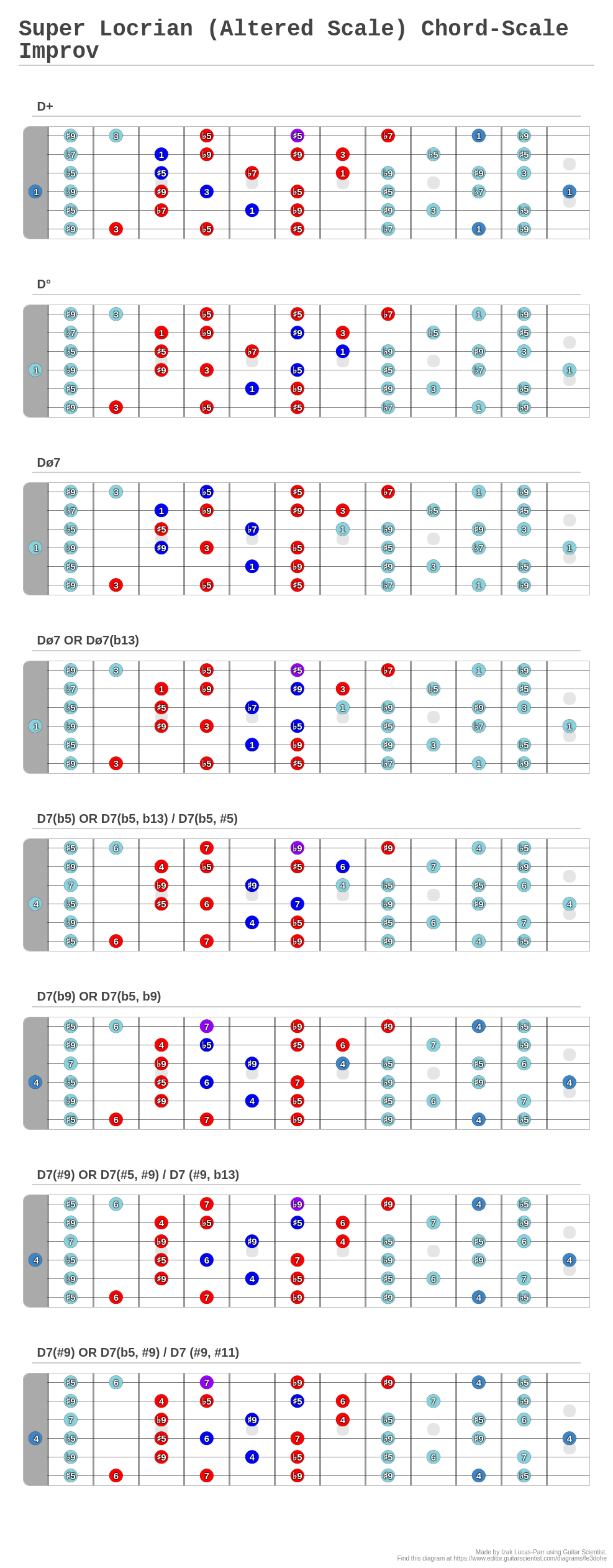

As opposed to psychiatric diseases, ASC are short-lasting. The new factors were also demonstrated to have improved homogeneities, satisfactory reliabilities, discriminant and convergent validities, and to differentiate well among the three drug groups.Īltered states of consciousness (ASC) represent a marked deviation in the subjective experience or psychological functioning of a normal individual from her/his usual waking consciousness. MIMIC modeling indicated that these factors were highly measurement invariant across drugs, settings, questionnaire versions, and sexes. However, because these factors were multidimensional, we extracted and examined 11 new lower order factors. Furthermore, ICLUST suggested that the “oceanic boundlessness” and “visionary restructuralization” factors could be combined on a high level of the construct hierarchy. The originally proposed model did not fit the data well even if zero-constraints on non-target factor loadings and residual correlations were relaxed. The factorial structure was examined by confirmatory factor analysis, exploratory structural equation modeling, hierarchical item clustering (ICLUST), and multiple indicators multiple causes (MIMIC) modeling. Now that you know some of the weirdest scales out there, get back to your DAW and experiment with your new sounds.The present study conducted a psychometric evaluation of the OAV in a sample of psilocybin ( n = 327), ketamine ( n = 162), and MDMA ( n = 102) induced ASC that was obtained by pooling data from 43 experimental studies. Music theory is a great way to expand your inspiration.Įven if you never use these scales in your music, taking the time to explore them and hear how they sound can broaden your horizons. Here’s a video that takes a deep dive into what makes them so irresistible. That’s why jazz musicians sometimes call it the diminished scale.Ĭurious composers have toyed with the interesting structure of the octatonic scales for years. The octatonic scale contains multiple diminished chords, giving it a highly tense feel. There are three possible octatonic scales (also called octatonic collections) each with two modes. The octatonic scale is sometimes called the “whole-half” scale because It’s the eight note scale built by alternating whole steps and half steps. Acoustic scale (fourth mode melodic minor)

I’ll use both methods as well as their common nicknames to help you keep it straight! 1. These scales are sometimes called by the church modes they’re similar to, but they also use numbers that correspond to their starting note. They’re not all incredibly useful, but some have a flavor you won’t find anywhere else. You can use this method to generate scales with unique patterns.
Altered scale how to#
In our guide to modes we broke down how to build the church modes from the seven note scales starting on each degree of the major scale.īut did you know you can do the same thing with melodic and harmonic minor? Here’s where things start to get crazy! If you need a refresher on them can head back and brush up with our overview of minor scales. Melodic and harmonic minor are important components of the minor sound. Many of the scales I’ll be talking about here come from forms of the minor scale. Modes of melodic minor and harmonic minor In this guide I’ll cover my picks for the coolest sounding “other” scales out there. The modes bring new colors to your music, even though they come from the major scale as well.īetween all that there’s probably enough material to keep you busy creating music for a long time.īut if you’re a diehard experimenter you might be searching for the wildest scales you can possibly find. And the blues scale is the foundation for an entire genre.Īfter that, there’s the modes.

You’re probably familiar with the major scale and the minor scales.


 0 kommentar(er)
0 kommentar(er)
